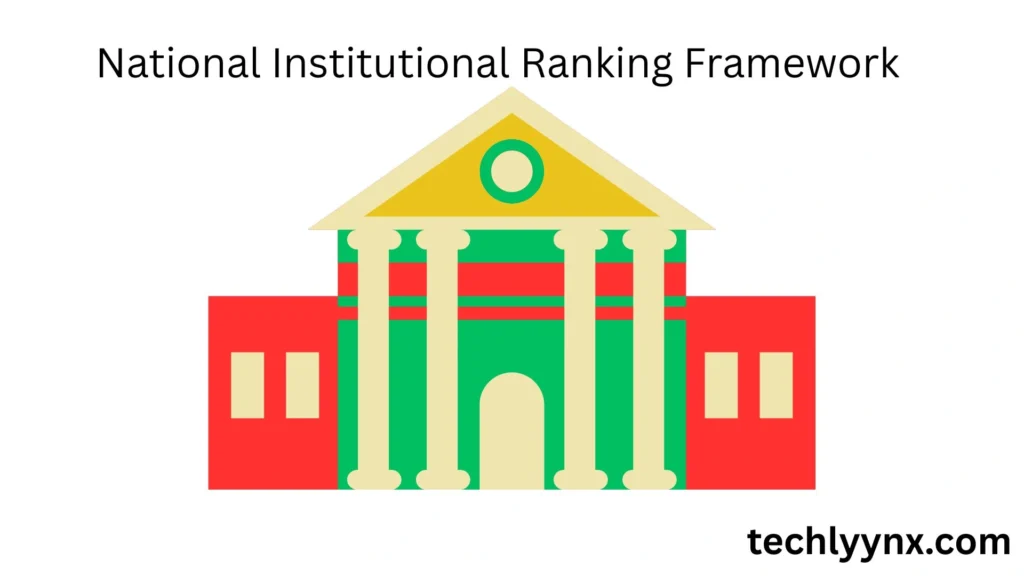The National Institutional Ranking Framework (NIRF) has emerged as a key method for assessing educational quality in India. The Ministry of Education developed the NIRF, which assesses universities, colleges, and professional institutions based on teaching, learning, research, and inclusion.
At first glance, it appears to be a solely academic framework, but more investigation reveals that NIRF links with human rights, equality, and violence prevention. Educational environments are more than just places for learning; they are also social systems in which discrimination, harassment, and violence can occur. By assessing diversity and outreach, the NIRF indirectly promotes fairness, social justice, and accountability.
NIRF: A Framework Beyond Rankings
What is Education Technology? A Beginner’s Guide to EdTech
The NIRF was established in 2015 to promote openness and quality measurement in higher education in India. It considers factors such as instruction, learning resources, research output, graduation outcomes, outreach, and inclusivity. While it is best recognized for determining which IITs or universities rise to the top,
NIRF’s underlying strength rests in its emphasis on equity and diversity. For example, when institutions increase their diversity indicators, they create safer settings in which students from underrepresented groups are less likely to face harassment or violence.
NIRF and Educational Equality
NIRF uses multiple indicators to rank institutions, including:
- Teaching, Learning, and Resources (TLR)
- Research and Professional Practices (RP)
- Graduation Outcomes (GO)
- Outreach and Inclusivity (OI)
- Perception (PR)
Among these, the Outreach and Inclusivity parameter is directly tied to educational equality, as it measures the representation of women, socially disadvantaged groups, and economically weaker students in higher education.

Education is a vital human right. However, many students around the world are denied equal opportunities due of their gender, caste, handicap, or socioeconomic status. By incorporating “Outreach and Inclusivity” as a fundamental criteria, NIRF encourages schools to look beyond academics and actively promote diversity.
This means additional scholarships, improved facilities for students with disabilities, and increased female representation in STEM disciplines. In this approach, NIRF contributes to the global human rights agenda by ensuring that education becomes a weapon for preventing violence, discrimination, and inequality.
Linking NIRF to Human Rights Research
NIRF’s capacity to bring research to the forefront is an intriguing feature. University rankings are based in part on the quality and effect of their publications.
This opens the door to more research on sensitive issues such as gender-based violence, workplace harassment, and social justice. For example, an institute seeking to advance up the NIRF ladder may decide to invest in research centers dedicated to human rights studies, women’s safety, or conflict resolution. This research, once published, has the potential to impact legislation, increase awareness, and inspire solutions to societal violence.
Violence in Educational Spaces

Discrimination, bullying, cyber-harassment, and structural exclusion are all forms of violence in the educational setting. These acts of violence directly violate the right to education and human dignity.
NIRF indirectly addresses this issue by rewarding institutions that promote inclusive and transparent governance. When institutions recognize that their ranking is dependent on how equitably they treat all students, they are pushed to develop better complaint resolution processes, anti-harassment cells, and diversity initiatives. This ripple effect changes campuses into safer environments.
Case Studies: Institutions and Social Impact

Several Indian universities have raised their NIRF scores by emphasizing inclusion. Institutes that offer women-only research grants, anti-discrimination policies, or accessible infrastructure for students with impairments, for example, have achieved higher rankings.
Beyond rankings, these policies have a significant social impact: they empower marginalized groups, lower violence risk, and increase human rights protections. This demonstrates that NIRF is more than just about academic reputation; it is also about creating just and equitable institutions.
Challenges in NIRF’s Approach
While NIRF has made progress, it still has limitations. The inclusivity parameter focuses mainly on enrollment data, scholarships, and facilities. It does not yet measure how effectively institutions prevent harassment, respond to violence, or support survivors. Human rights and violence research are also not a separate category but hidden within the larger research output score.
For NIRF to fully support human rights, it should develop clearer metrics on campus safety, grievance redressal, and social justice programs.
The Global Perspective
Global university rankings, such as QS and Times Higher Education, have begun to include sustainability and social responsibility metrics. If NIRF evolves in the same way, it has the potential to become a world-class framework that not only assesses academic performance but also promotes human rights and nonviolence in education. Consider a system in which an Indian institute’s global reputation is also dependent on how safe, inclusive, and respectful it is to its students.
Concluding Remarks
In conclusion, the NIRF is far more than a ranking framework. It is an effective instrument that indirectly influences how institutions approach diversity, equity, and research agendas.
By promoting diversity and excellent research, NIRF helps to reduce violence and improve human rights in education. While obstacles exist, its progress points in a positive direction: universities will be judged not only on test results and placements, but also on their ability to provide fair, reasonable, and safe learning environments.

